If the battle of gearboxes (Type 915 v G50) is the hot topic for 911 Carrera 3.2 buyers, then for 993 the hot topic is very much Varioram v non-Varioram engines.
And, of course, every 993 buyer set’s their sights on the Varioram equipped cars. It stands to reason. Before even getting into the perceived benefits, Varioram 993s span the last couple of years of production (1996-1998) and everyone wants a later car. And of course Varioram equals more power, and who doesn’t want more power? And more power equals more performance, and who doesn’t want more performance? Exactly.
But you know where this is going, because, as ever, it’s just not quite that simple. And while the numbers don’t lie, nor do they tell the whole story. Rather like the 915 v G50 debate, there are nuances and subtleties to consider. But first the numbers, because we will be referring back to them. And as ever, we’ve used the ever-reliable Porsche Data Book as a reference point.
993 Non-Varioram
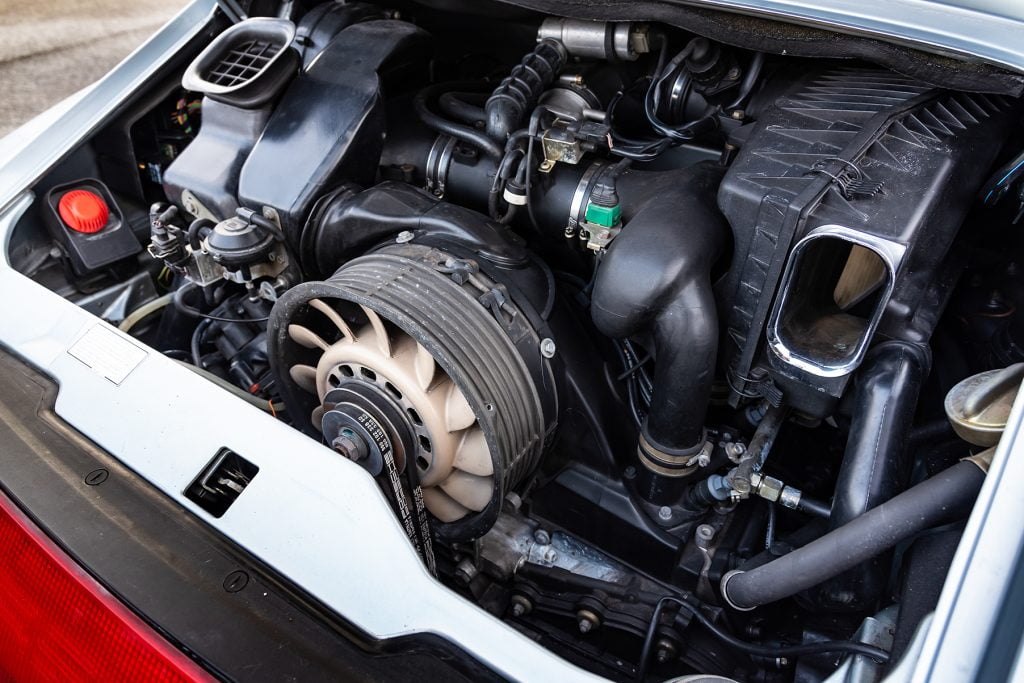
- Capacity: 3.6-litres
- Power: 272bhp @ 6100rpm
- Torque: 243lbs/ft @ 5000rpm
- 0-60mph: 5.6 secs
- Top speed: 167mph
993 Varioram
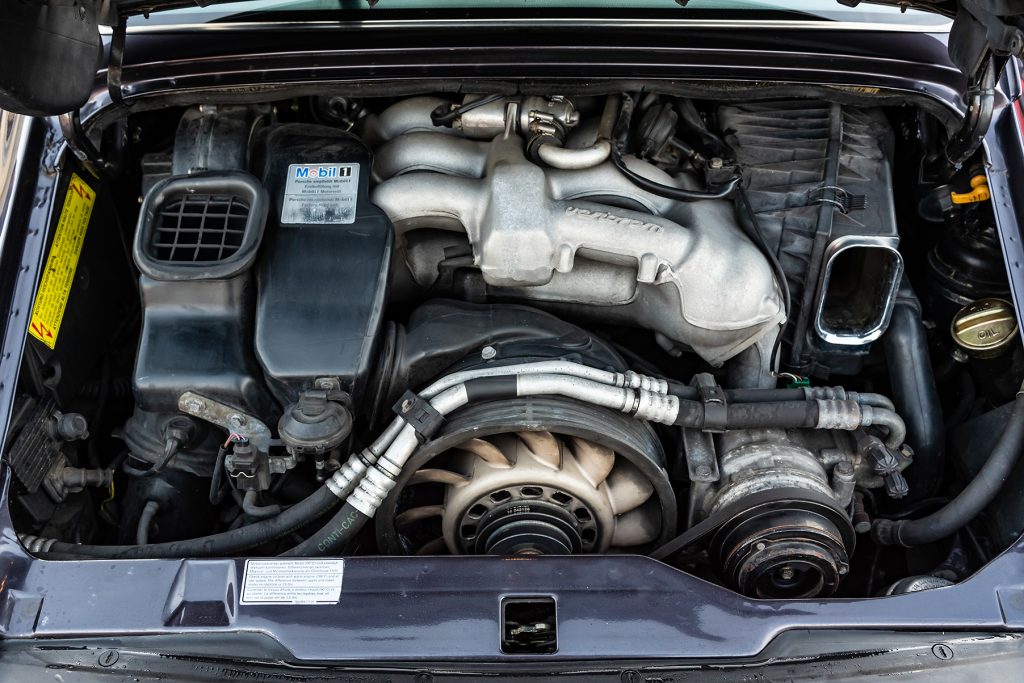
- Capacity: 3.6-litres
- Power: 285bhp @ 6100rpm
- Torque: 251lbs/ft @ 5250rpm
- 0-60mph: 5.4secs
- Top speed: 171mph
So first up, what is Varioram and how does it differ from the non Varioram system. Starting with the latter, pre Varioram features a conventional inlet manifold and plenum set-up to draw air into the combustion chamber. It has to work across all rev ranges and inevitably there are compromises. What works well in the low to mid-range, will start to run out of puff at the top-end.
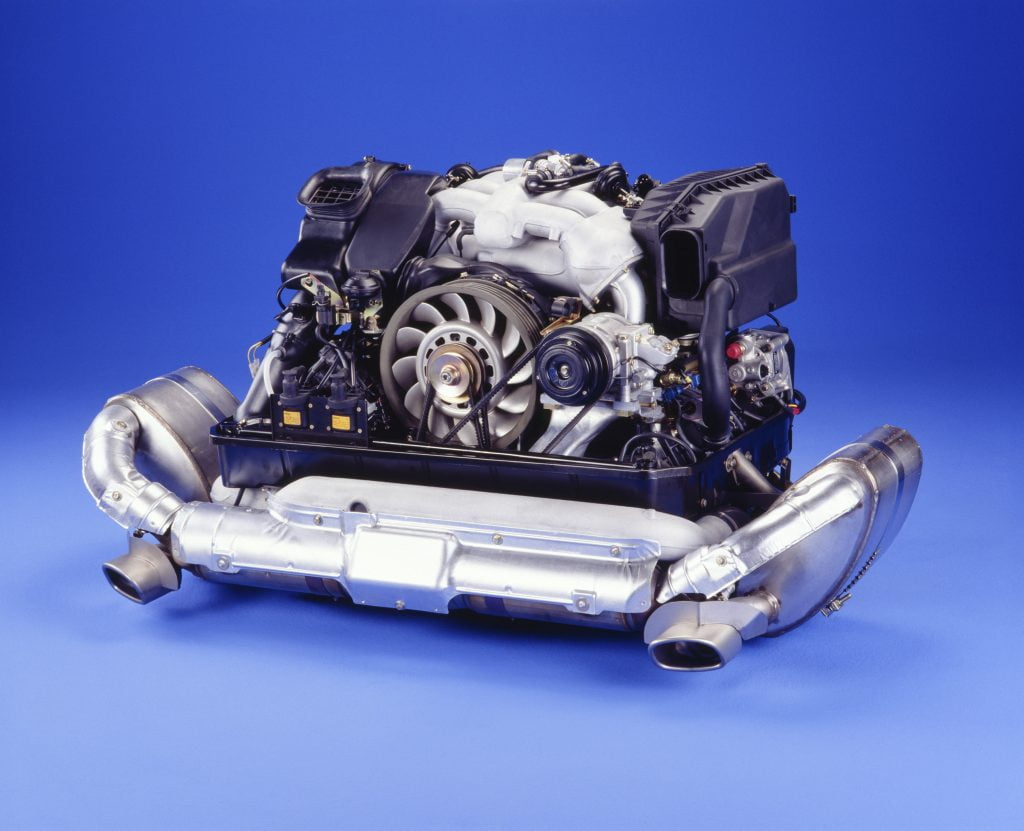
Varioram works to fill in the gaps and fill the cylinders at all speeds with variable length intake pipes. As we’re all here, we might as well get relatively technical about this. As is generally known, the frequency of the air mass contained in a pipe of a given diameter increases as the pipe is shortened. In order to achieve a good filling of the cylinders at moderate revolutions, comparatively long intake pipes are required. At higher revs the opposite is required, thus shorter intake pipes.
In the Porsche Varioram system, this is achieved by the use of three-piece intake pipes of which the central part can be moved axially. Below 5000rpm, only the throttle valve is open and the intake air is fed to the cylinders through the full length of the pipes. Above 5000rpm the central part is raised and simultaneously a second throttle valve opens.
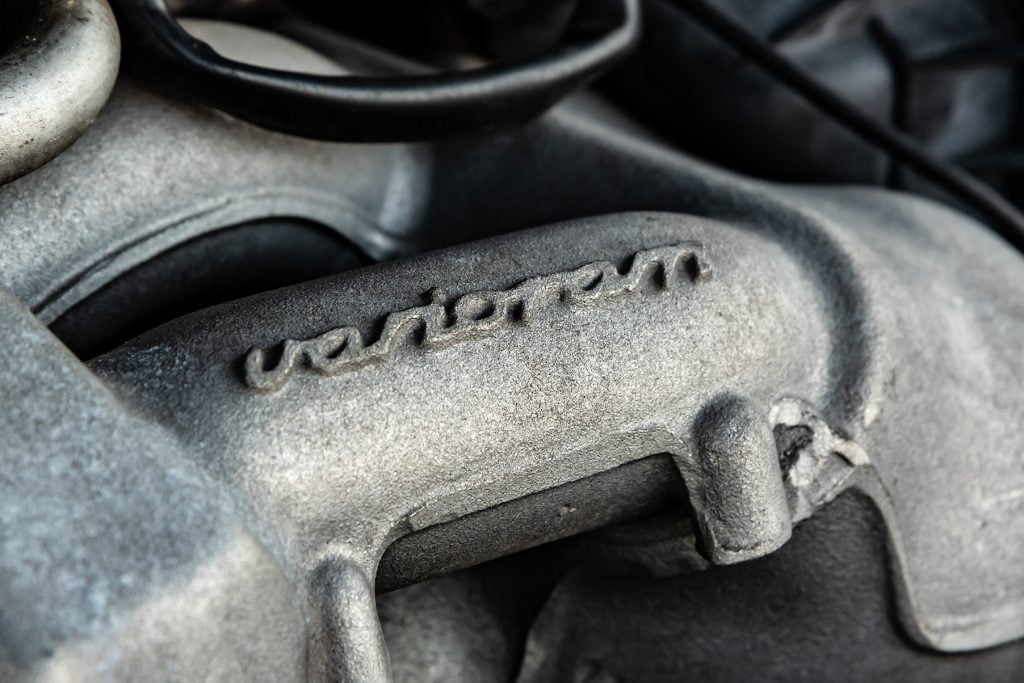
The system is controlled by the engine’s ECU and various solenoids and a vacuum membrane. It is easily recognisable thanks to the elaborate casting of the inlet manifolds and plenum chamber astride the flat-six.
The driving experience
So, all the above figures would suggest that the later Varioram car is faster, if only marginally. After all the numbers don’t lie. No, they don’t, but neither do they tell the full story because back-to-back we’ve always felt that the earlier non-Varioram 993 ‘feels’ quicker and keener to rev. Is it our imagination that it feels more responsive, much in the same way as a 915 equipped Carrera 3.2 does, compared to a later G50 specced Carrera 3.2.
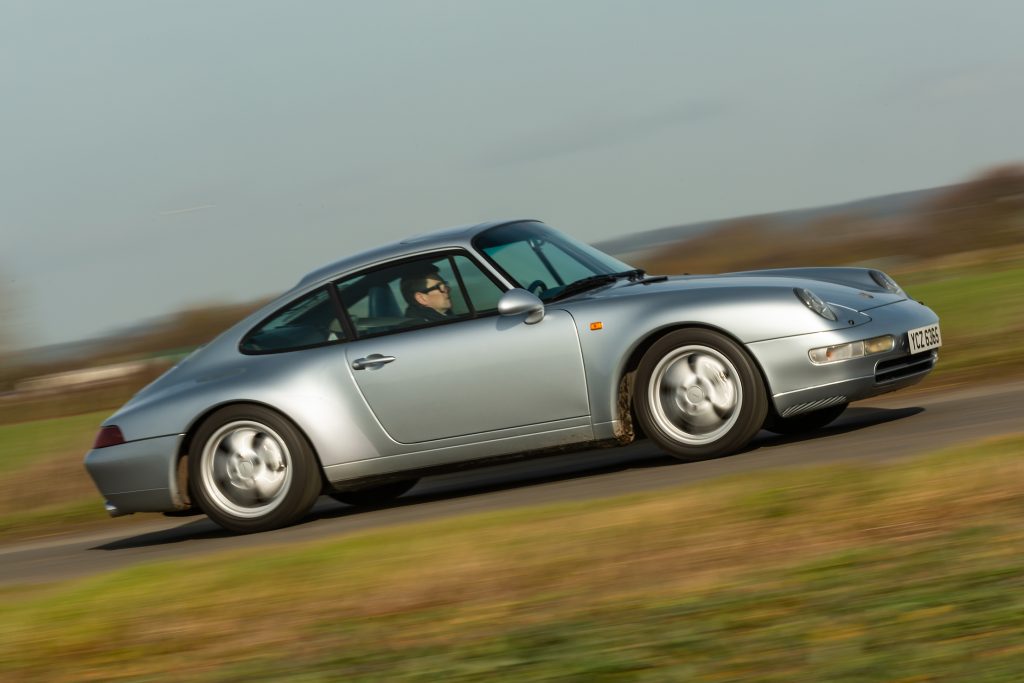
No, this analogy is pertinent because just like 915 v G50, the Vario v non-Varioram 993 debate is muddied by gear ratios. In short (quite literally), the earlier 993 has shorter gear ratios compared to the longer ratios fitted to the later Varioram cars. Both variants have the same final drive.
993 non Vario v 993 Varioram gear ratios
| Gear | non Varioram | Varioram |
|---|---|---|
| 1 | 3.818 | 3.181 |
| 2 | 2.150 | 2.048 |
| 3 | 1.560 | 1.407 |
| 4 | 1.212 | 1.118 |
| 5 | 1.027 | 0.921 |
| 6 | 0.821 | 0.775 |
| Final Drive | 3.444 | 3.444 |
So, despite having an extra 13bhp and increased torque, the Variocam 993 barely overcomes its taller ratios, and is actually blunted by them in terms of sheer responsiveness.
For a real-world comparison, we defer to Autocar. True, these tests are separated by their contemporary test dates 1993/1995 but both – Carrera C2s – cars would have been tested to the same strict test criteria and at the same Millbrook location, using the same equipment.
993 non Vario v 993 Varioram 0-100mph, standing quarter, 50-70mph through the gears
| Speed | non Varioram (secs) | Varioram (secs) |
|---|---|---|
| 0-30mph | 1.8 | 2.1 |
| 0-40mph | 2.8 | 3.0 |
| 0-50mph | 3.9 | 4.1 |
| 0-60mph | 5.2 | 5.3 |
| 0-70mph | 6.7 | 6.9 |
| 0-80mph | 8.5 | 8.5 |
| 0-90mph | 10.8 | 10.5 |
| 0-100mph | 13.2 | 12.8 |
| Standing quarter | 13.8 | 13.9 |
50-70mph
| Gear | non Varioram (secs) | Varioram (secs) |
|---|---|---|
| 6th | 8.8 | 9.9 |
| 5th | 6.4 | 6.6 |
| 4th | 4.9 | 4.9 |
| 3rd | 3.6 | 3.4 |
So, there you have it in black and white, but with a fair amount of grey, thanks to those gear ratios. Yes, the Varioram 993 has 285bhp compared to the non Vario’s 272bhp, but those tall v short gear ratios are the great equaliser and give the earlier car the better throttle response. Not until 90+mph does the Varioram 993 get on top of its gearing and start to edge away, a scenario that’s pretty much redundant in the real world.
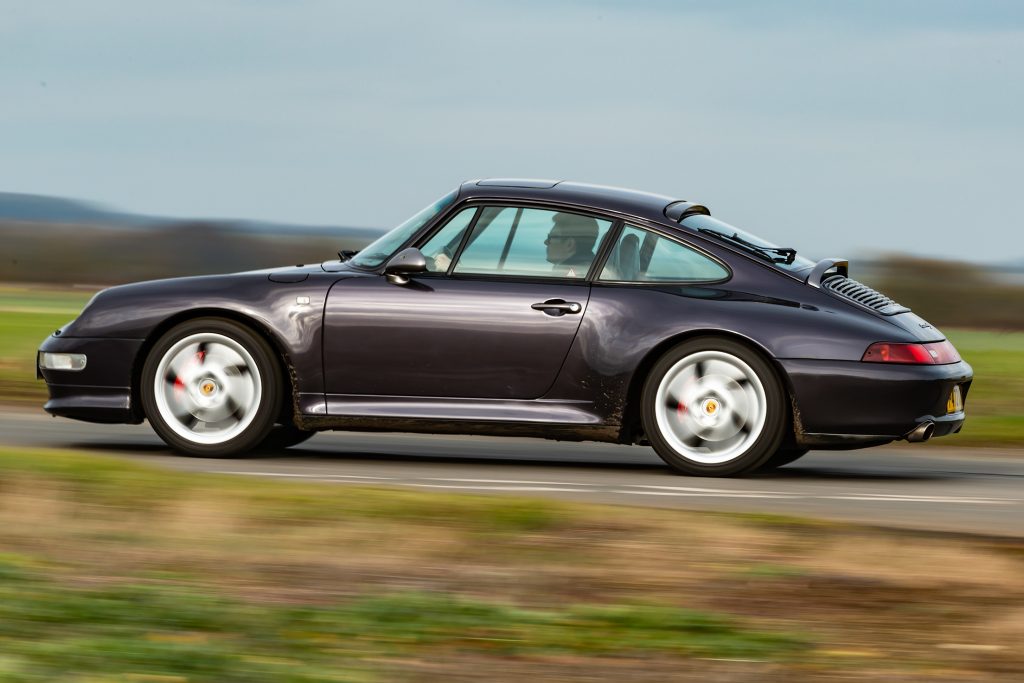
Why did Porsche go to all the bother with Varioram and then hobble its benefits with taller gearing? Probably for ever stricter emissions legislation that was starting to creep in at that point and which has been a factor ever since. Just look at the intergalactic gearing that modern Porsches are saddled with?
The resulting increase in BHP was a win to be promoted, but negated by the revised gear ratios. Porsche was simply making a virtue out of a necessity. And Varioram was ultimately short lived, with VarioCam – first seen in the 968 – becoming the standard from the Boxster and 996 onwards.
Conclusion
We do like a bit of myth-busting here at Paul Stephens. And don’t get us wrong, we’re not dissing Varioram, but like so many things in the world of Porsche, it’s perhaps attained a legend and standing that is slightly at odds with reality. If Porsche hadn’t – presumably – been forced to fit taller gear ratios, the difference between non Vario and Varioram would have been obvious and quantifiable in all areas.
Bottom line, it is not the be all and end all of 993 ownership. Varioram cars will always have a value being the later cars, and that Varioram tag will always hold a cachet. It’s embedded now, and nothing we say is going to change that.
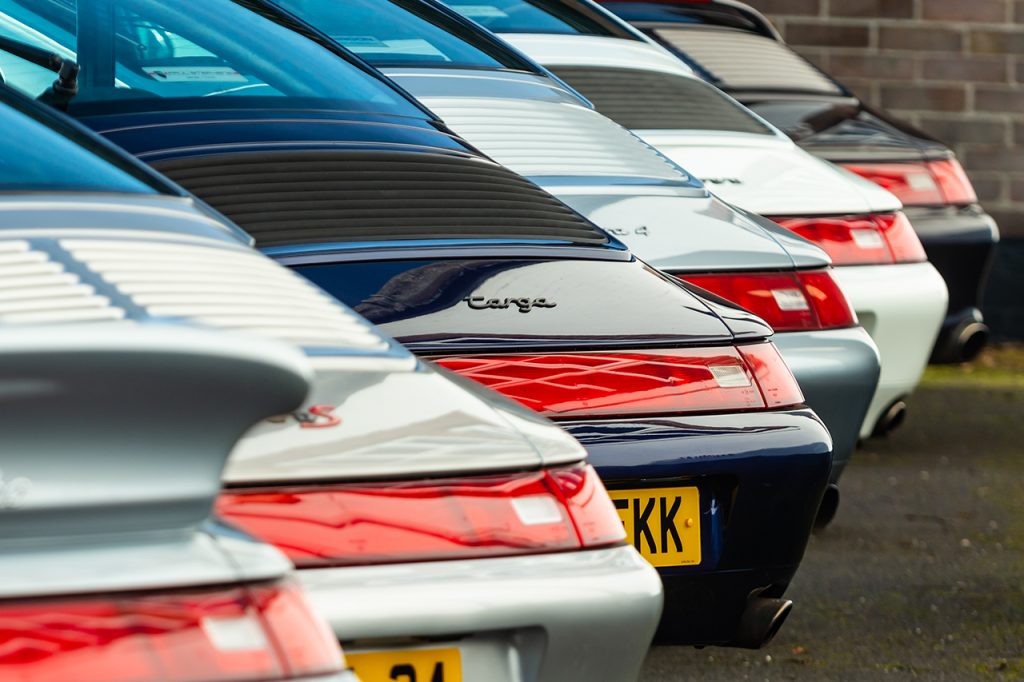
Above all, though, the 993 in all its guises is a great car. The last of the air-cooled 911s and all that. At the time of scribbling this, we’ve got four in the showroom. And, as ever, our advice would be to buy the one that you can afford, the one that speaks to you, if you like. And if that car isn’t a Varioram example, then on the above evidence, you absolutely don’t need feel in any way short-changed.




